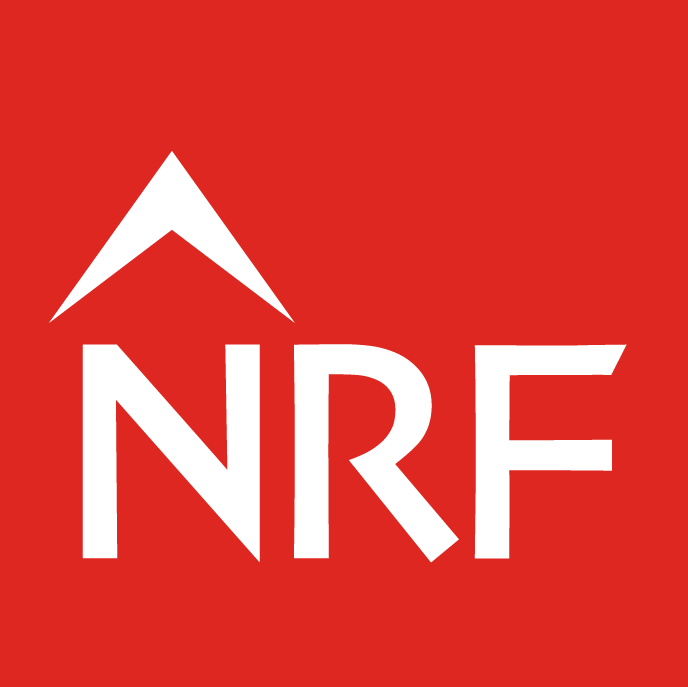Hold your stalking horses! Risks for parent companies when subsidiaries and special purpose vehicles become insolvent
This article was co-authored by Stephanie Hogarty
Corporate groups are a structure commonly used by organisations, particularly those with large, complex or multinational operations, to manage and allocate financial risk by relying on the principle of separate legal personality. However, the recent decision of the Federal Court of Australia in Canstruct Pty Ltd v Project Sea Dragon Pty Ltd (Subject to a Deed of Company Arrangement) (No 4) [2024] FCA 1121 is an example of some of the risks associated with corporate groups when a subsidiary becomes insolvent, particularly where the funding arrangement for the subsidiary may be considered insufficient to ensure its ongoing solvency, and when a court may look to lift the corporate veil to impose liability on parent companies.
Key Takeaways
- While the use of a group corporate structure has many commercial benefits, the Canstruct decision highlights that they are not inscrutable and the arrangements may expose a parent to risk, particularly when a subsidiary has become insolvent.
- It is also a reminder that careful consideration of the funding arrangements between a parent and subsidiary or special purpose vehicle is important and these considerations should occur at the inception of the subsidiary and balance a number of competing risks.
- As each case will turn on its own facts and set of circumstances, if this is an issue which is relevant to your business, please contact us for specialised legal advice.
Overview of decision
Project Sea Dragon Pty Ltd (Project Sea Dragon) was a wholly owned subsidiary of Seafarms Group Limited (Seafarms) and had been incorporated as a special purpose vehicle. Importantly, there was commonality between the boards of directors for Project Sea Dragon and Seafarms. From its incorporation, Project Sea Dragon had no income stream or substantial assets of its own and was reliant on ad hoc funding from its parent. Those funding arrangements were never documented or formalised.
During the course of the project, Project Sea Dragon accrued substantial liabilities, including $14m owed to a third-party creditor, Canstruct Pty Ltd (Canstruct) following an adjudication made pursuant to the Construction Contracts (Security of Payments) Act 2004 (NT). Following the adjudication in favour of Canstruct, Seafarms ceased funding Project Sea Dragon and Project Sea Dragon’s directors subsequently resolved to appoint voluntary administrators pursuant to section 436A of the Corporations Act 2001 (Cth) (Act). Voluntary administration is an Australian form of corporate restructuring where an independent insolvency practitioner is appointed to explore options for the company’s future, including rehabilitation through a deed of company arrangement2. Seafarms proposed a deed of company arrangement pursuant to which all of Project Sea Dragon’s third-party creditors would be repaid their debts in full, except for Canstruct, which was to receive 11 cents in the dollar (DOCA). Upon the DOCA being effectuated, Project Sea Dragon would effectively return to its pre-voluntary administration state but without the burden of its liabilities.
The DOCA was accepted by the majority of creditors. However, Canstruct subsequently made an application to the Court claiming that the strategy adopted by Seafarms and Project Sea Dragon was an abuse of the provisions in Part 5.3A of the Act. The Court agreed and ordered that the DOCA be set aside and Project Sea Dragon be placed into liquidation.
Although the Canstruct decision is largely a case about the improper use of the Part 5.3A provisions, some key themes emerge from the decision relevant to corporate groups, particularly in relation to how subsidiaries and special purpose vehicles are funded, which are discussed below.
1. Inherent risk associated with special purpose vehicles and use of subsidiaries to carry risk
Generally, companies in Australia have the right to structure their affairs in a way to achieve their intended financial outcome. However, there is some tension between that position and Australia’s creditor-focused insolvency laws. In Canstruct, the Court considered that despite the commercial intentions behind the corporate structure adopted by Seafarms, the effect of the structure was such that Project Sea Dragon carried all the risk without any assets or income of its own, essentially making it a “stalking horse”. The Court raised the possibility that Project Sea Dragon could have been insolvent from its inception, exposing its parent to considerable risk for insolvent trading.
In our experience, and as demonstrated by the Canstruct decision, where a subsidiary or special vehicle becomes insolvent, an Australian court may be prepared to lift the corporate veil to scrutinise the arrangements and consider whether any liability can be transferred to the parent company. This risk is increased if one of the objectives of a particular corporate structure, even if not the sole objective, is an intention to isolate assets.
2. Risks with ad hoc funding arrangements
As demonstrated in Canstruct, where a parent company provides funding to a subsidiary only on an ad-hoc basis, there is a risk that the subsidiary may be found to be insolvent at law if it has not other assets or income. Implicit in that finding is that the funding provided by Seafarms was not sufficiently certain to ensure Project Sea Dragon’s ongoing solvency. This is a significant issue of relevance to any group structure.
The Court found that due to the ad hoc funding arrangements with Seafarms, Project Sea Dragon was most likely insolvent from as early as June 2020, a matter in respect of which Seafarms was aware and which contributed to the Court’s finding regarding the abuse of the Part 5.3A provisions. The Court specifically mentioned that in such scenario, Seafarms could be liable for the liabilities incurred by Project Sea Dragon pursuant to section 588V.
3. Risks with commonality between boards of directors
Generally, there is some degree of commonality between the boards of directors of companies within a corporate group. This is necessary for a number of reasons but particularly to ensure that each company conducts its business affairs consistently with the group’s overall strategy and objectives. However, commonality of directors can increase the risk for a parent company when a subsidiary becomes insolvent. This is evident in Canstruct in two ways:
Impact of wearing ‘two hats’ on implementation of strategy
In this case, the commonality of directors between Project Sea Dragon and Seafarms contributed to a finding by the Court that the two boards had developed and implemented a strategy which was inconsistent with the objectives of the Part 5.3A provisions, namely to administer the company in a way that either maximises the chance that the company will be rehabilitated or results in a better return for its creditors and members than would result from an immediate winding up. Project Sea Dragon submitted that once Seafarms withdrew its funding, the strategies adopted by the boards of Seafarms and Project Sea Dragon diverged and, in effect, had to be considered in isolation. However, given the directors of the two companies were largely identical, the Court rejected the submission that the two boards of directors were implementing a strategy for different reasons, simply because they happened to be representing the parent in one instance and then representing Project Sea Dragon at another time.
Risk under section 588V
Under section 588V of the Act, a parent may be liable for the debts incurred by a subsidiary while trading while insolvent. The Court observed that due to the nature of the funding arrangements between Seafarms and Project Sea Dragon, there was a risk that Project Sea Dragon had been insolvent since inception, consequently exposing Seafarms, potentially, to significant liability under section 588V.
A parent company can defend a claim under section 588V if the parent company can demonstrate that it had no reasonable grounds to suspect that the subsidiary was insolvent or likely to become insolvent. However, it will be more difficult for a parent company to rely on this argument where there is a common director between its board and that of the subsidiary: the knowledge of the subsidiary’s solvency position held by that common director will likely be sufficient to infect the knowledge of the parent’s board.
[1] On 14 March 2024, Project Sea Dragon Pty Ltd (subject to a deed of company arrangement) filed a notice of appeal in the Federal Court. As at the date of publication, that appeal had yet to be heard or determined.
[2] A deed of company arrangement is a binding agreement between a company and its creditors about how its affairs and assets are to be dealt with following the appointment of a voluntary administrator. The aim of a deed of company arrangement is to maximise the possibility of the company’s business continuing and achieve a better return for creditors than in a liquidation scenario.



